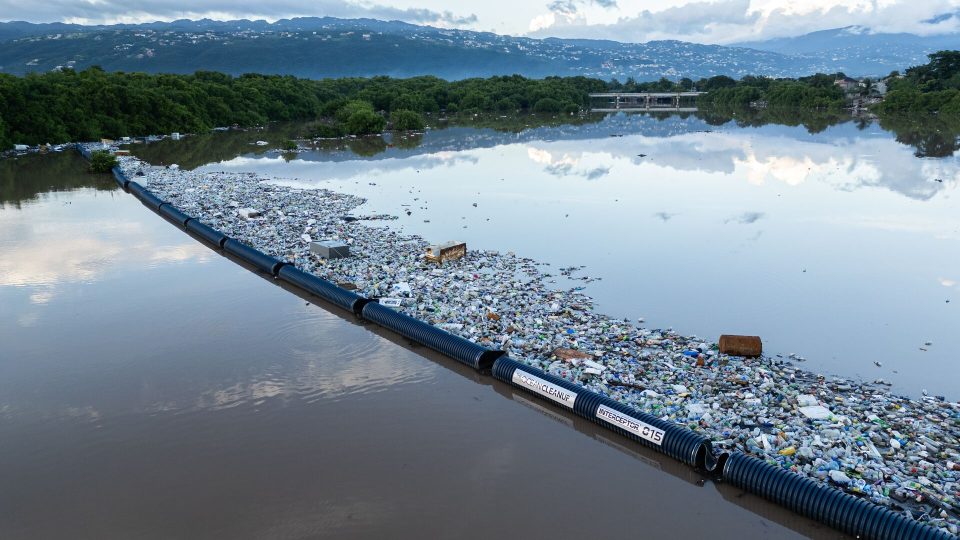20 Interceptors in 9 countries
We currently operate in 9 different countries from Central America to Southeast Asia. Our Interceptor fleet counts 20 deployments as of May 2025.
Read more
By systematically eliminating technical risks through rapid iterations, we aim to reach full-scale deployment in both rivers and oceans. Our ultimate goal is to clean up 90% of the world’s floating ocean plastic by 2040.
We currently operate in 9 different countries from Central America to Southeast Asia. Our Interceptor fleet counts 20 deployments as of May 2025.
Read more